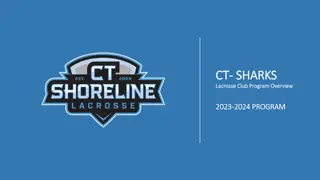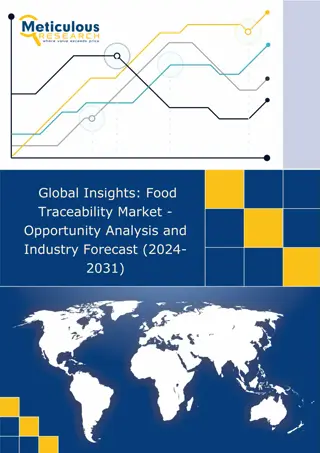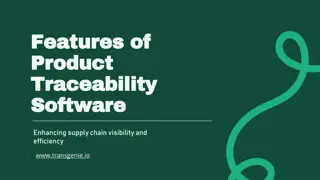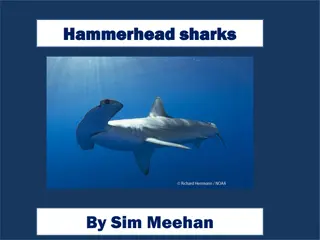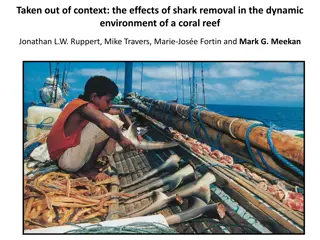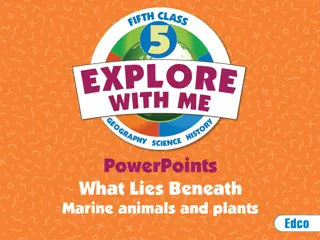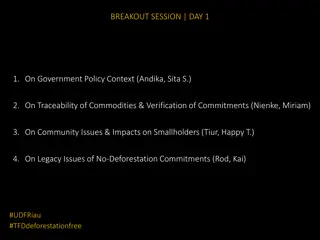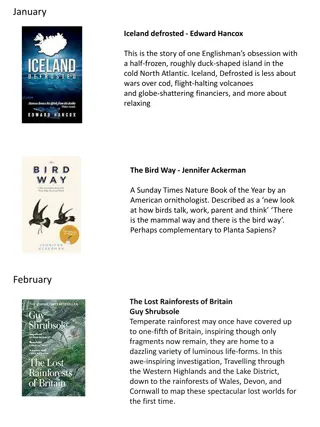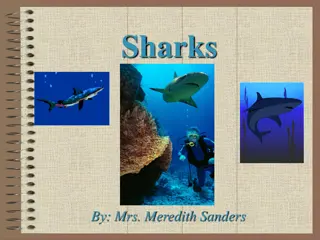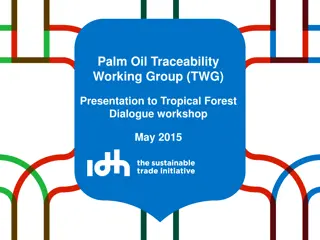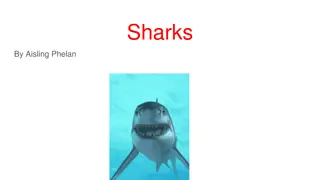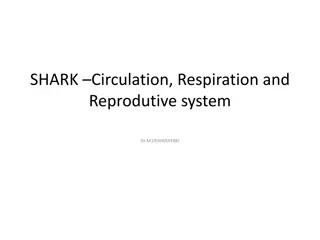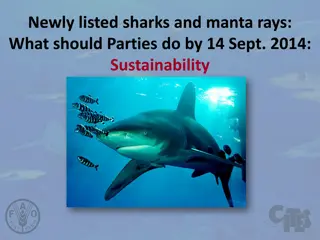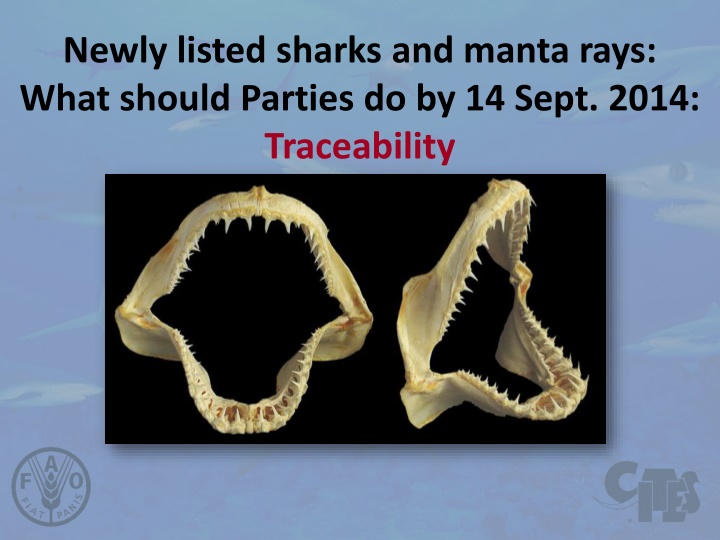
Handling Trade of Newly Listed Sharks and Manta Rays: Traceability Guidelines
Learn about the traceability requirements for trade of newly listed sharks and manta rays. Discover the importance of record-keeping, CITES permits, and transportation guidelines to ensure sustainable trade practices.
Download Presentation

Please find below an Image/Link to download the presentation.
The content on the website is provided AS IS for your information and personal use only. It may not be sold, licensed, or shared on other websites without obtaining consent from the author. If you encounter any issues during the download, it is possible that the publisher has removed the file from their server.
You are allowed to download the files provided on this website for personal or commercial use, subject to the condition that they are used lawfully. All files are the property of their respective owners.
The content on the website is provided AS IS for your information and personal use only. It may not be sold, licensed, or shared on other websites without obtaining consent from the author.
E N D
Presentation Transcript
Newly listed sharks and manta rays: What should Parties do by 14 Sept. 2014: Traceability http://www.sciences-de-la-terre.com/annuaire/img/HeteredontieSelaciens/LamnaNasus.jpg
Traceability Record and trace trade from the country of origin to the country of destination, through: Issuance of appropriate CITES permits or certificates Inclusion of all relevant trade in national annual reports (CITES Trade Database) Identification/verification of specimens collaboration between CITES Authorities and fisheries agencies enhancing enforcement authorities
Traceability: Framework for tracing trade CITES uses a system of permits and certificates to regulate international trade in specimens of shark species which are listed in one of three Appendices An appropriate permit or certificate accompanies shark specimens, which makes their trade traceable General preconditions for granting such permits/certificates are: specimens were lawfully obtained (legality) and their trade will not be detrimental to the survival of the species (sustainability) 3
Scope of the trade being traced Trade = export, import, re-export and introduction from the sea Purpose = commercial or non-commercial Source = wild (or aquaculture, if any) Shark specimens in trade include: live or dead animals; cartilage; fresh, frozen or processed fins and meat; dried-salted meat; fishmeal; oil; skin; teeth; trophies; and other parts or derivatives 4
Transport of live specimens The Convention requires that any living specimen will be so prepared and shipped as to minimize the risk of injury, damage to health or cruel treatment Resolution Conf. 10.21 (Rev. CoP16) of the Conference of the Parties to CITES recommends that, for as long as the CITES Secretariat and the Standing Committee agree, the IATA LAR (for animals), the IATA PCR (for plants) and the CITES guidelines for the non-air transport of live wild animals and plants in their most recent edition be deemed to meet CITES transport requirements 5
Document control and recordkeeping Effective implementation and enforcement of the Convention depend largely on control over the issuance, inspection and acceptance of CITES documentation Each Party maintains records of its CITES trade and submits annual trade reports, which are available through the CITES trade database 6
ICCWC and other collaboration Multi-agency (and cross-sectoral and trans-disciplinary) cooperation and partnerships at the local, state or provincial, national, regional and global levels (as well as between these levels) are essential. An intergovernmental initiative, the International Consortium on Combating Wildlife Crime (ICCWC), was established in November 2010. Its partners are: CITES INTERPOL UNODC World Bank World Customs Organization Aims = facilitating multi-agency cooperation, materials and tools to enhance knowledge and skills, research on the drivers and scale and value of wildlife crime and related offences and national assessments of scope of illegal wildlife trafficking and associated responses. 7
Cooperation with IATA and fishery/trade sectors There is longstanding cooperation between CITES and IATA, as reflected in Resolution Conf. 10.21 (Rev. CoP16) on Transport of live specimens Efforts are underway to enhance this cooperation through the development of a cooperative MoU between the IATA and CITES secretariats Observers in CITES meetings include the: International Convention for Conservation of Atlantic Tunas; Southeast Asian Fisheries Development Centre; Association of Fish and Wildlife Agencies; International Coalition of Fisheries Associations; Ornamental Fish International; International Caviar Importers Association; Pet Industry Joint Advisory Council; World Association of Zoos and Aquariums; China Aquatic Products Processing and Marketing Alliance; Marine Products Association; Precious Coral Protection and Development Association 8
Thank you for your attention! CITES and FAO working for legal, sustainable and traceable international trade in sharks and manta rays, supported by the European Union 9

